Beat the High Cost of Groceries with BULK BUYING!
It’s a theme I keep repeating: Bulk or group buying. And here’s the best information I’ve found yet on how to use this approach to really stretch the grocery dollar.
It’s important to know that the savings can be a hit or miss if you don’t know what you’re doing. Buying the wrong things can lead to waste and spoilage, for instance.
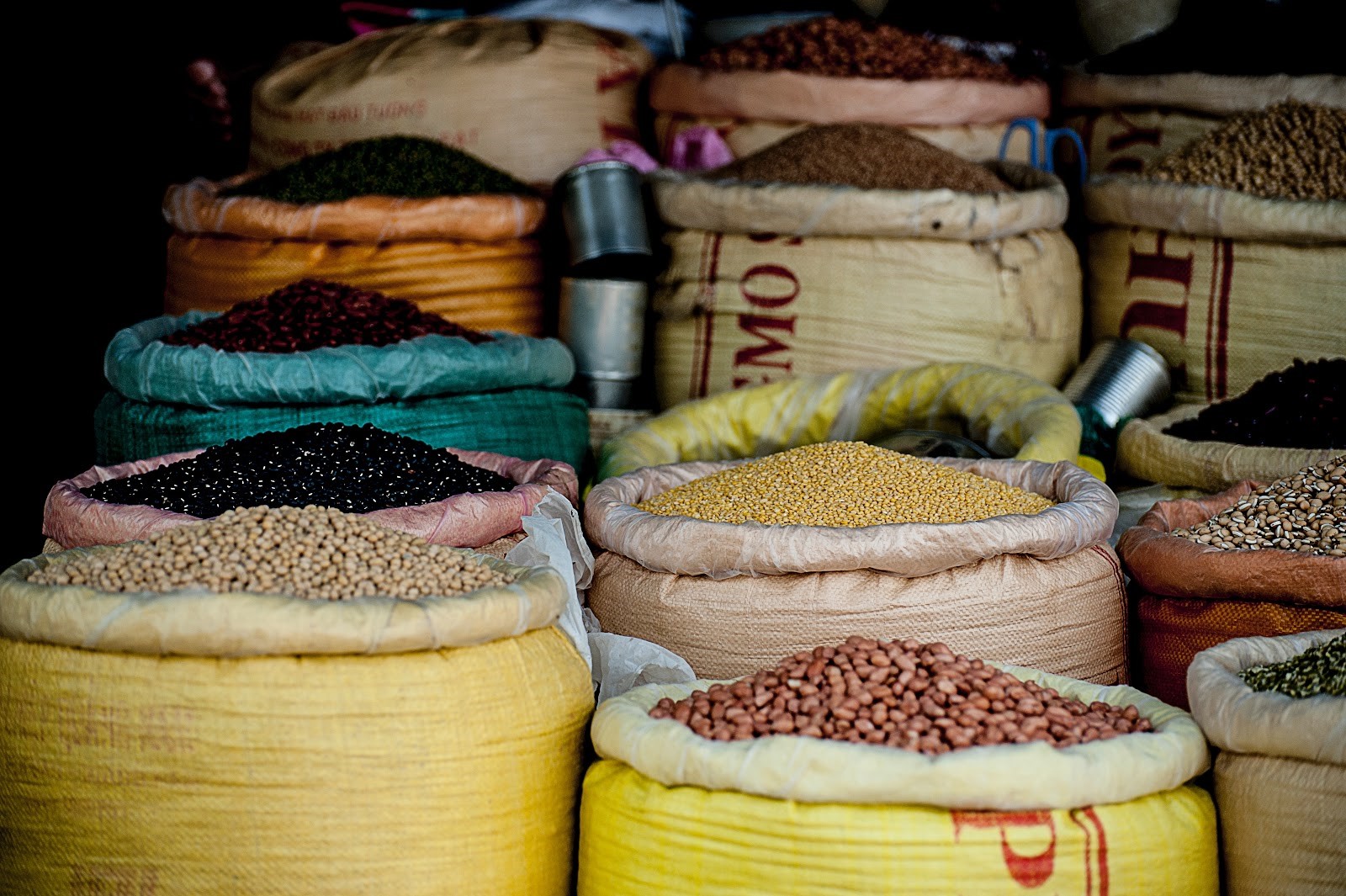
And let’s be clear as to what kind of bulk/group buying I’m referring to. As explained on one of my very favorite websites, www.frugallysustainable.com, the bulk buying that saves big $$$ is not the shopping for bulk buys at the members-only, big box stores like Sam’s Club and/or Costco. That’s a whole different animal and represents a very different type of “buying in bulk” (one that’s often associated with excess and waste).
The true money-saving bulk purchases are the kind you’d find occupying an entire section or aisle at your local grocery or health food store. These bulk bins usually offer all sorts of foods — from dried fruit to nuts to dried beans, grains, and herbs.
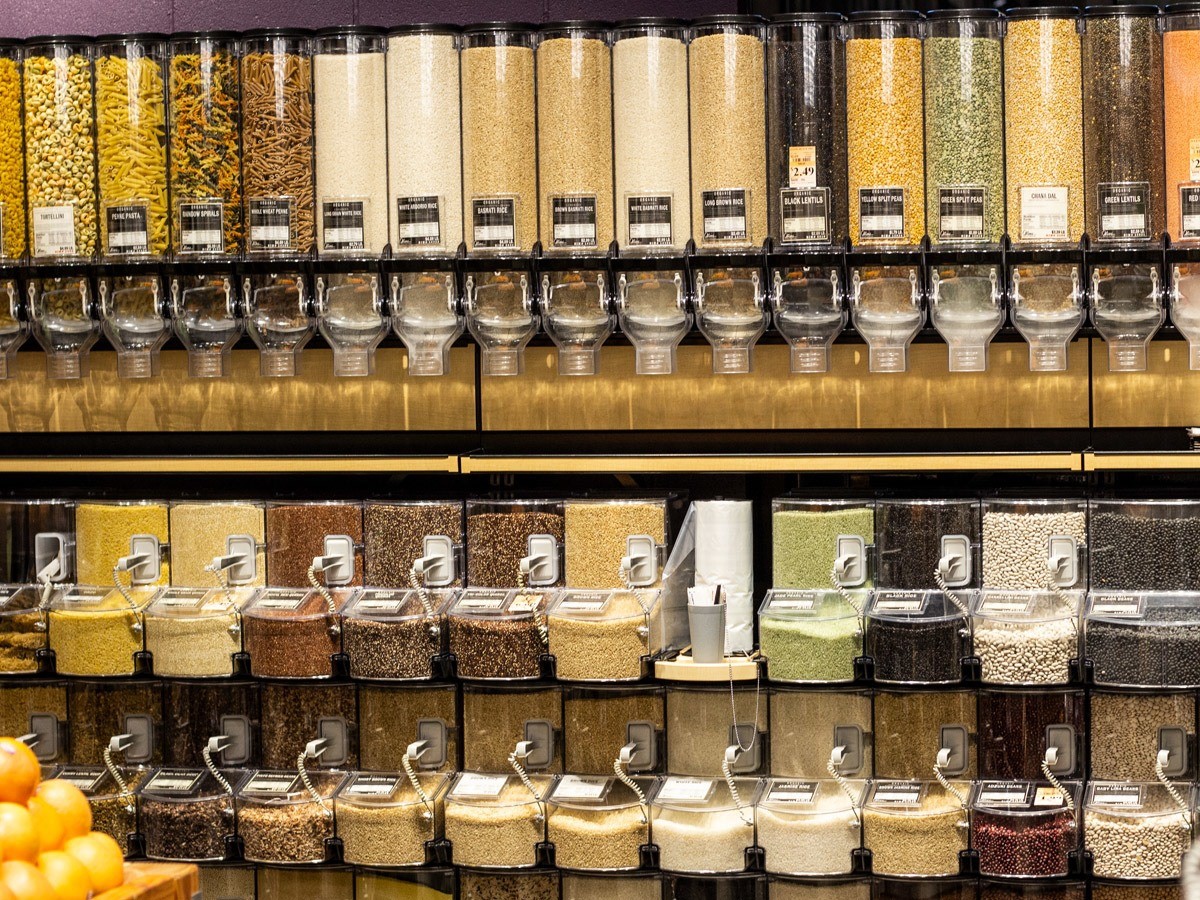
And buying in bulk is not limited to the grocery store. Often, large sacks of grains and beans can be purchased directly from the farmer (go to www.localharvest.org to find farmers close to you that sell to the community) at a fraction of the cost, making bulk merchandise one of the most frugal ways to slash any grocery budget.
This style of purchasing food can lay the groundwork for true budget-stretching and underpins your ability to feed your family. It’s the fast pass to smart shopping. But there are some other valid reasons for bulk buying. For instance:
ENVIRONMENT PROTECTION: Purchasing in bulk reduces our carbon footprint. By eliminating the need for wasteful packaging, buying in bulk lessens the amount of trash that ends up in garbage dumps. Likewise, the transportation of goods is simplified, thereby easing the burden of CO2 emissions.
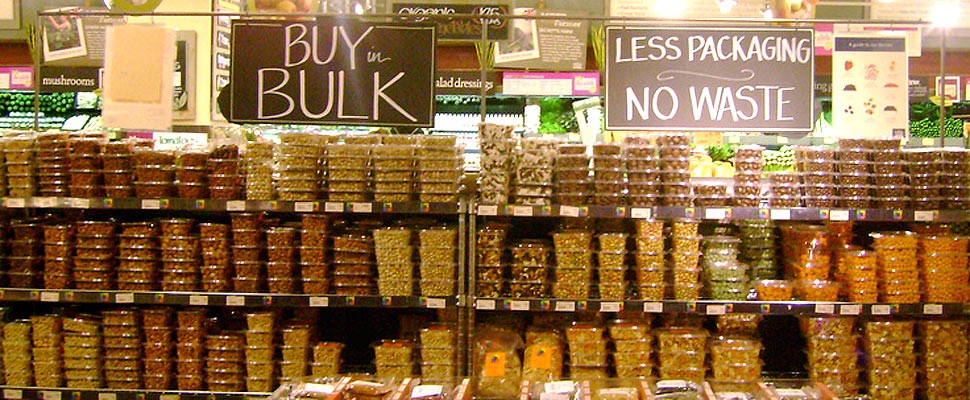
WASTER-REDUCER: This method of purchasing goods allows the individual the freedom to determine an exact amount of food that is needed, decreasing the quantity of food wasted when using pre-packaged products.
LOCAL SUSTAINABILITY PROMOTER: Obtaining goods directly from the producer, in this case the farmer, should always be a priority, if this is at all possible. Buying in bulk provides even deeper savings when purchases are made straight from the farm. Planning ahead for storage of 25-50 pounds of grains and/or dried beans is worth the effort if it’s food you and your family regularly eat.
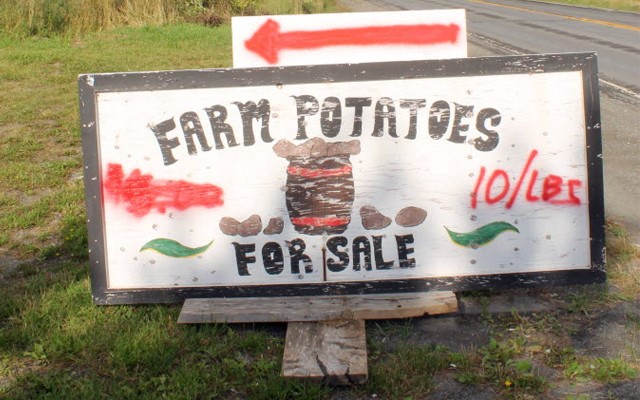
CUSTOMIZABLE: Buying from the bulk bins offers you the opportunity to select the perfect amount of food. And there’s no pressure to pay for something you won’t use. Instead, you are able to choose exactly what you need; whether that’s just enough cumin to spice up that new beef recipe or plenty of quinoa to make a big batch of salad.
USE COOK'N: Naturally, in order to buy exactly what you need from the bulk bins, you must first figure out exactly what you need. In this regard, the menu planning and shopping list features in Cook'n are a must! If you're not using Cook'n to make menus and shopping lists, give it a try! Here is a video that shows how simple it is to make your own custom menus and shopping lists with Cook'n.
BIG TIME-SAVER: Buying in bulk can remove the need make daily, and even weekly, trips to the grocery store. Having what is needed on hand at all times is a tremendous time saver.
And as already mentioned, BIG MONEY-SAVER: When done correctly, buying in bulk saves an average family up to 50% on their monthly grocery budget. It allows the freedom to buy products that would be undeniably more expensive if purchased in smaller amounts. For example, organic pastured meats suddenly become more affordable when purchased in bulk, directly from the farmer.
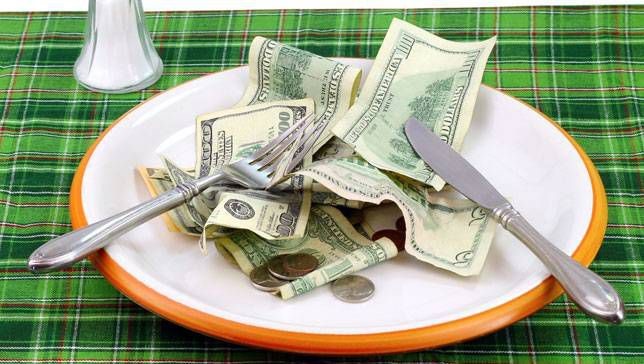
I’ve been bulk buying for over 30 years and completely agree with Frugally Sustainable’s creator, Andrea. She is so passionate about this subject that she’s offering a FREE PDF copy of her eBook, Buying in Bulk, found on her website, www.frugallysustainble.com.
With the cost of groceries continuing to rise, wouldn’t you agree that THIS is the year to improve on how we’re doing things, and grocery shopping is a good place to start? So, whether it’s the 50% savings Andrea mentions above, or less, savings is saving. It’s THE way to beat the high cost of groceries!
blog comments powered by Disqus
It’s important to know that the savings can be a hit or miss if you don’t know what you’re doing. Buying the wrong things can lead to waste and spoilage, for instance.

And let’s be clear as to what kind of bulk/group buying I’m referring to. As explained on one of my very favorite websites, www.frugallysustainable.com, the bulk buying that saves big $$$ is not the shopping for bulk buys at the members-only, big box stores like Sam’s Club and/or Costco. That’s a whole different animal and represents a very different type of “buying in bulk” (one that’s often associated with excess and waste).
The true money-saving bulk purchases are the kind you’d find occupying an entire section or aisle at your local grocery or health food store. These bulk bins usually offer all sorts of foods — from dried fruit to nuts to dried beans, grains, and herbs.

And buying in bulk is not limited to the grocery store. Often, large sacks of grains and beans can be purchased directly from the farmer (go to www.localharvest.org to find farmers close to you that sell to the community) at a fraction of the cost, making bulk merchandise one of the most frugal ways to slash any grocery budget.
This style of purchasing food can lay the groundwork for true budget-stretching and underpins your ability to feed your family. It’s the fast pass to smart shopping. But there are some other valid reasons for bulk buying. For instance:
ENVIRONMENT PROTECTION: Purchasing in bulk reduces our carbon footprint. By eliminating the need for wasteful packaging, buying in bulk lessens the amount of trash that ends up in garbage dumps. Likewise, the transportation of goods is simplified, thereby easing the burden of CO2 emissions.

WASTER-REDUCER: This method of purchasing goods allows the individual the freedom to determine an exact amount of food that is needed, decreasing the quantity of food wasted when using pre-packaged products.
LOCAL SUSTAINABILITY PROMOTER: Obtaining goods directly from the producer, in this case the farmer, should always be a priority, if this is at all possible. Buying in bulk provides even deeper savings when purchases are made straight from the farm. Planning ahead for storage of 25-50 pounds of grains and/or dried beans is worth the effort if it’s food you and your family regularly eat.

CUSTOMIZABLE: Buying from the bulk bins offers you the opportunity to select the perfect amount of food. And there’s no pressure to pay for something you won’t use. Instead, you are able to choose exactly what you need; whether that’s just enough cumin to spice up that new beef recipe or plenty of quinoa to make a big batch of salad.
USE COOK'N: Naturally, in order to buy exactly what you need from the bulk bins, you must first figure out exactly what you need. In this regard, the menu planning and shopping list features in Cook'n are a must! If you're not using Cook'n to make menus and shopping lists, give it a try! Here is a video that shows how simple it is to make your own custom menus and shopping lists with Cook'n.
BIG TIME-SAVER: Buying in bulk can remove the need make daily, and even weekly, trips to the grocery store. Having what is needed on hand at all times is a tremendous time saver.
And as already mentioned, BIG MONEY-SAVER: When done correctly, buying in bulk saves an average family up to 50% on their monthly grocery budget. It allows the freedom to buy products that would be undeniably more expensive if purchased in smaller amounts. For example, organic pastured meats suddenly become more affordable when purchased in bulk, directly from the farmer.

I’ve been bulk buying for over 30 years and completely agree with Frugally Sustainable’s creator, Andrea. She is so passionate about this subject that she’s offering a FREE PDF copy of her eBook, Buying in Bulk, found on her website, www.frugallysustainble.com.
With the cost of groceries continuing to rise, wouldn’t you agree that THIS is the year to improve on how we’re doing things, and grocery shopping is a good place to start? So, whether it’s the 50% savings Andrea mentions above, or less, savings is saving. It’s THE way to beat the high cost of groceries!
 Alice Osborne
Alice Osborne
Weekly Newsletter Contributor since 2006
Email the author! alice@dvo.com
Sources:
- www.insteading.com
- www.oliversmarket.com
- www.sustainability.ncsu.edu
- www.fiddleheadfocus.com
- www.autopilotenergy.com
